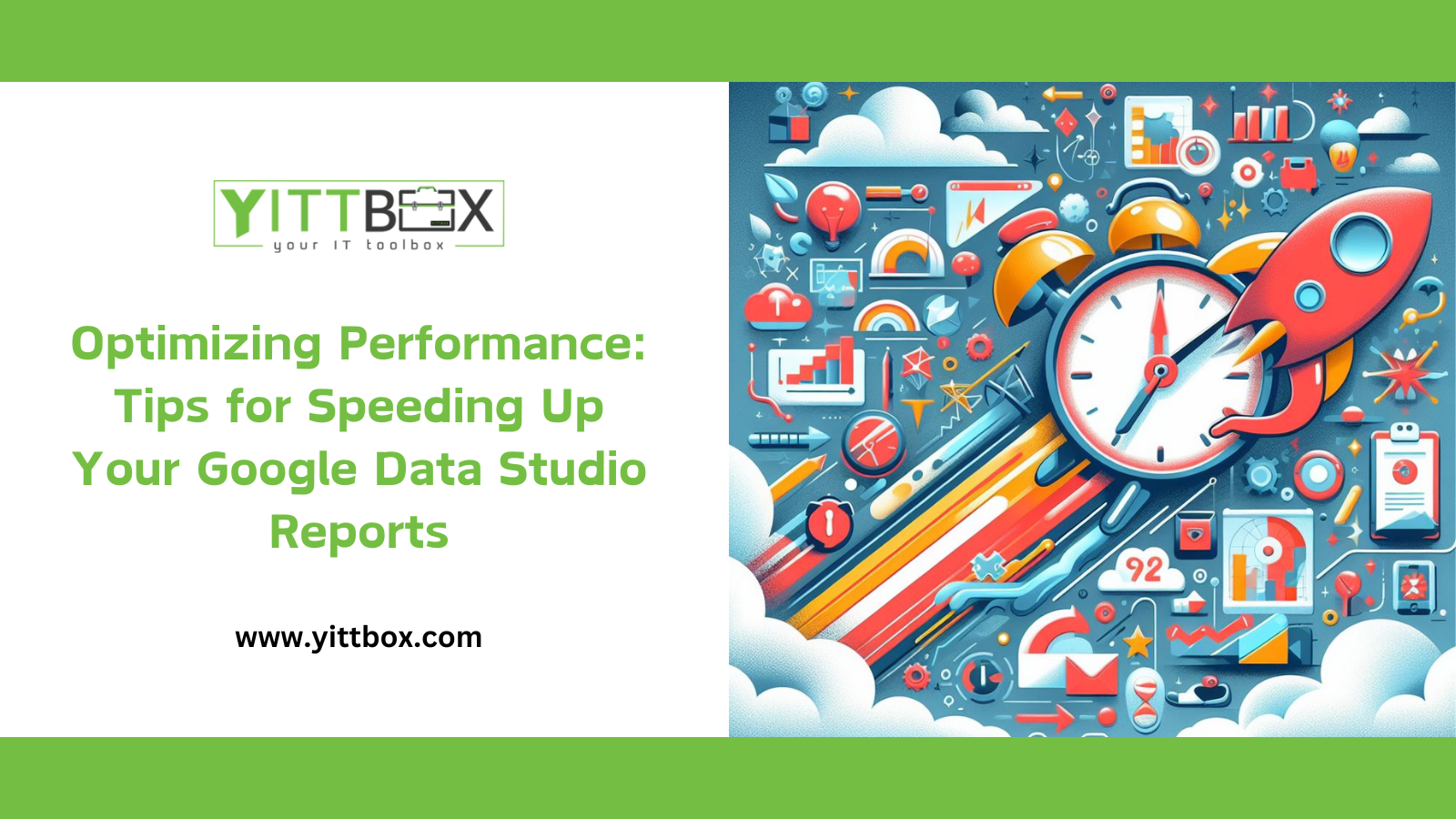Advanced Tips and Tricks for Creating Interactive Dashboards in Google Data Studio
Google Data Studio has revolutionized the way we visualize and understand data. With its user-friendly interface and powerful features, it allows users to create interactive dashboards that tell compelling stories. In this blog post, we will delve into some advanced tips and tricks to help you make the most out of Google Data Studio.
Understanding the Goals
Before you start creating your dashboard, it’s crucial to understand your goals. What questions are you trying to answer? What insights are you hoping to gain? Having a clear objective will guide your design process and ensure your dashboard is effective and meaningful.
Mastering the Art of Filtering
One of the most powerful features of Google Data Studio is its ability to filter data. You can apply filters at the page level, which will then be implemented across all your charts on that page. This allows you to drill down into your data and uncover deeper insights.
Utilizing Calculated Fields
Calculated fields allow you to create new dimensions and metrics from your existing data. This can be incredibly useful for creating custom calculations, segmenting your data, or transforming your data into a more usable format.
Creating Eye-Catching Visuals
Visual appeal is a crucial aspect of any dashboard. Google Data Studio offers a wide range of chart types and customization options. Don’t be afraid to experiment with different chart types and color schemes to create a dashboard that is not only informative but also visually appealing.
Making Your Dashboard Interactive
Interactive dashboards are more engaging and user-friendly. Google Data Studio allows you to add interactive elements such as date range selectors, drop-down lists, and clickable elements. These features make your dashboard more dynamic and allow users to explore the data at their own pace.
Using Mockups
Before you start building your dashboard in Google Data Studio, consider creating a mockup. This allows you to plan out your layout, decide which charts to include, and ensure your dashboard is organized and easy to understand.
In conclusion, Google Data Studio is a powerful tool for creating interactive dashboards. By understanding your goals, mastering filtering and calculated fields, creating eye-catching visuals, making your dashboard interactive, and using mockups, you can create dashboards that are not only informative but also engaging and user-friendly. Happy data visualizing!







